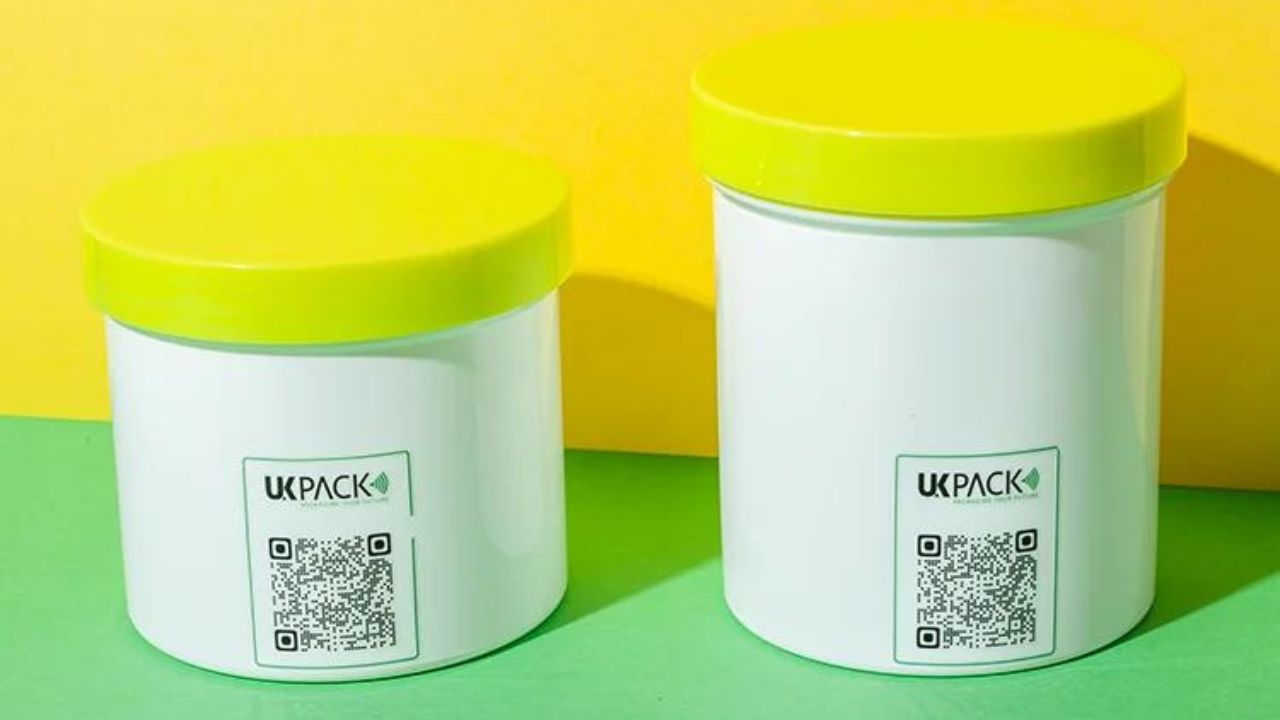The size of the cosmetic jar is very important for the look of the product and for the convenience, comfort, and durability of the product. From the face creams and the body, butter to the serums, and scrubs the packaging is used decisively in defining the service and quality part. As for the cosmetic jars, UKPACK offers a wide range of packaging options for small travel-sized jars and large luxurious jars depending on the product that needs to be packed. Check out https://www.ukpackchina.com/cosmetic-jars/ for detailed information. Below is a guide that will assist you to easily make the right decision when choosing the right jar size and packaging for your cosmetic products.
Consider the Product Type
The type of product you are putting in the jar is the first and most crucial consideration when choosing the size of the jar. For thicker products, that are creamy, meaning the kind found in body butters or face cream, larger jars in the ranges of between 50 ml-500 ml are good since they need to offer adequate space for scooping and application. As for the other types of containers, lighter and liquid-based products such as serums or lotions require smaller volumes of bottles, from 15 ml to 50 ml because the texture is quite different and the quantity of products used is less every time.
Understand Customer Usage
Think about how your customers will be using the particular product in question. Daily use cosmetics such as face moisturizers or hair care products may need medium to large jars (30 ml to 100 ml) that will last longer and the product will not go rancid. However, if the product is a mask or serum, it may be used in lesser quantities at once, so it is more appropriate to use jars of 10 ml to 30 ml. Also, customer habits should be taken into consideration. Some of them like to carry their cosmetics with them, so the jars for travel size (up to 50 ml) are considered to be rather useful. With sizes, you can capture the home users and also the mobile users who are always on the move.
Analyze the Product’s Shelf Life
Whether a cosmetic product is in a jar or a tub, the shelf life of the product covers a crucial aspect when it comes to choosing the right jar size to use. Products such as organic or preservative products with short shelf life should be packed in small jars in case they do not sell. Especially if your product is nonperishable, it can be cheaper both for you as well as the consumer to buy larger quantities at once.
Consider the Aspect of Branding and Appearance
The size of your cosmetic jars is a major factor in your brand's image and the impression your product gives. Bigger and more opulent jars will seem more decadent, perfect for steep-priced merchandise such as body butter or anti-aging creams. On the other hand, slender and small jars may convey an image of tidiness and appropriateness for such skincare lines can emphasize convenience and practicability.
Convenient for the End User
Assess how maneuverable or easy to handle your product will be to the customer for use. Ceramic jars are ideal for holding bigger quantities of products that are needed in substantial amounts when using such as creams or scrubs. But they can be inconvenient if the product is not consumed at once, the product may face problems with portability and spoilage. The small jars are easy to carry and store but may be a problem for consumers because they may need to buy them often. Secondly, it is necessary to consider the feasibility of the jar design as a product solution. Canned jars with large lids are preferred where thick products are manufactured such as creams or any buttery product that has to be scooped into the jars while the airless pump jars are best for controlling the dispensed lotions and serums.
The Sustainability and Cost Efficiency of the Supply Chain
Lastly, the size of your cosmetic jars has consequences for sustainability and cost-effectiveness. Bigger jars are less resource and packaging-intensive per unit, which is good news for brands that want to be more sustainable. However, if the larger size results in having a product that is manufactured and remains unsold only to expire, this may not be very productive.
Conclusion
The choice of the correct size of the cosmetic jar depends on the type of product, its frequency of use by the customer, its shelf life, the company’s branding, and environmental concerns. When approaching the packaging design, you can think through these elements to offer packaging that will improve the product experience while also supporting your brand and customers’ needs. The right size jars will not only make your cosmetic line aesthetically pleasing but also practical and useful to your customers.


